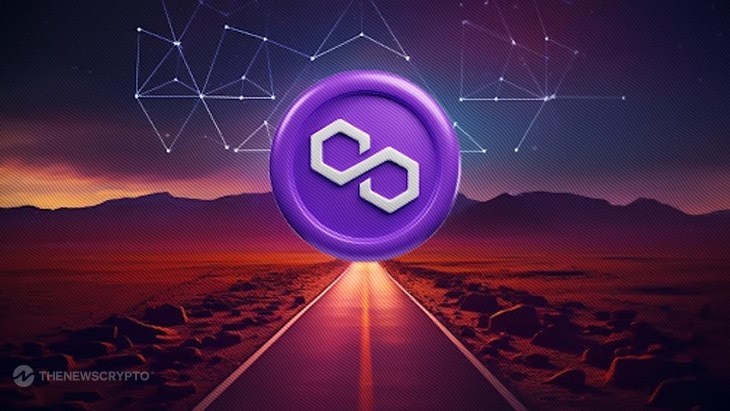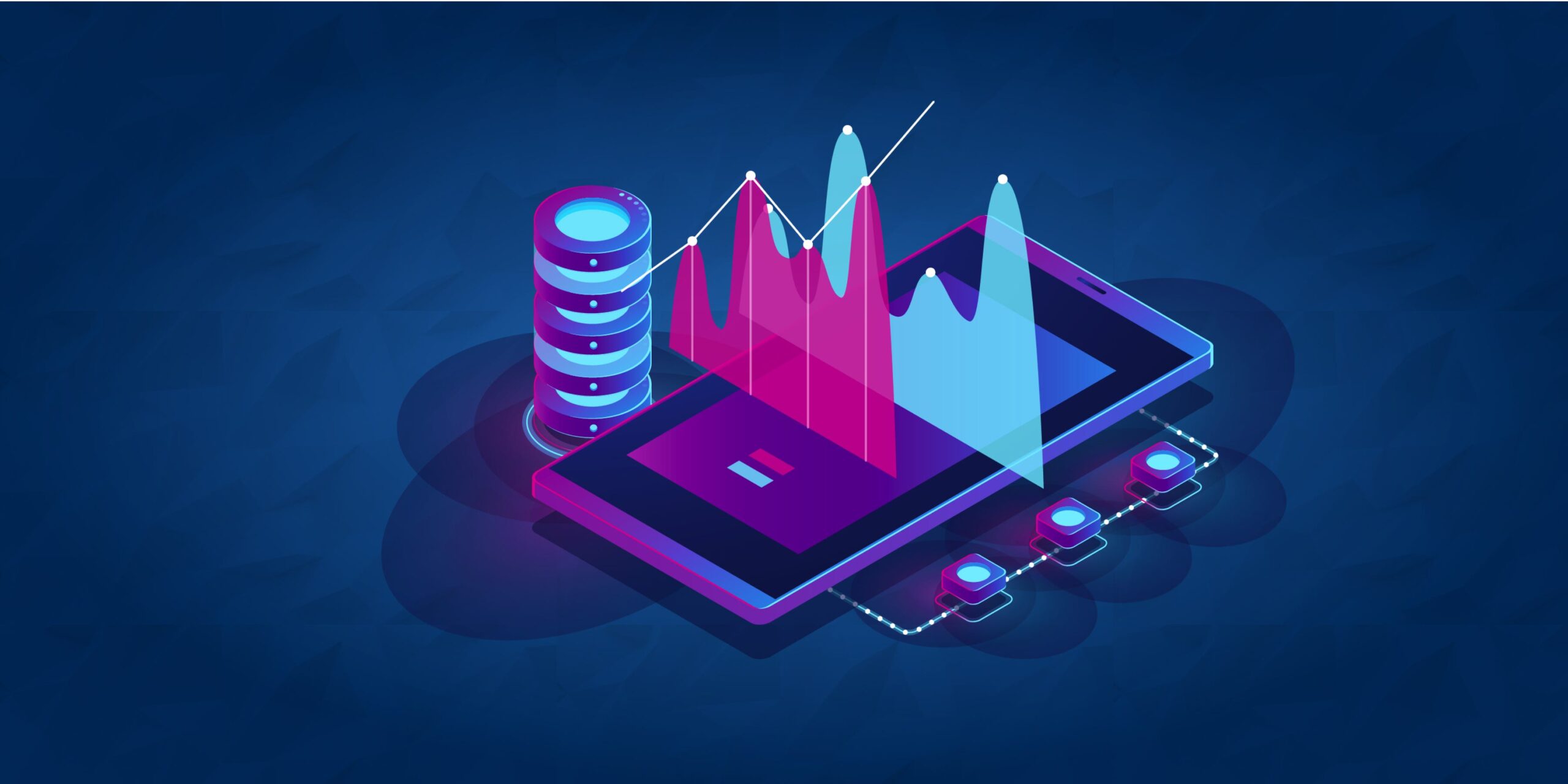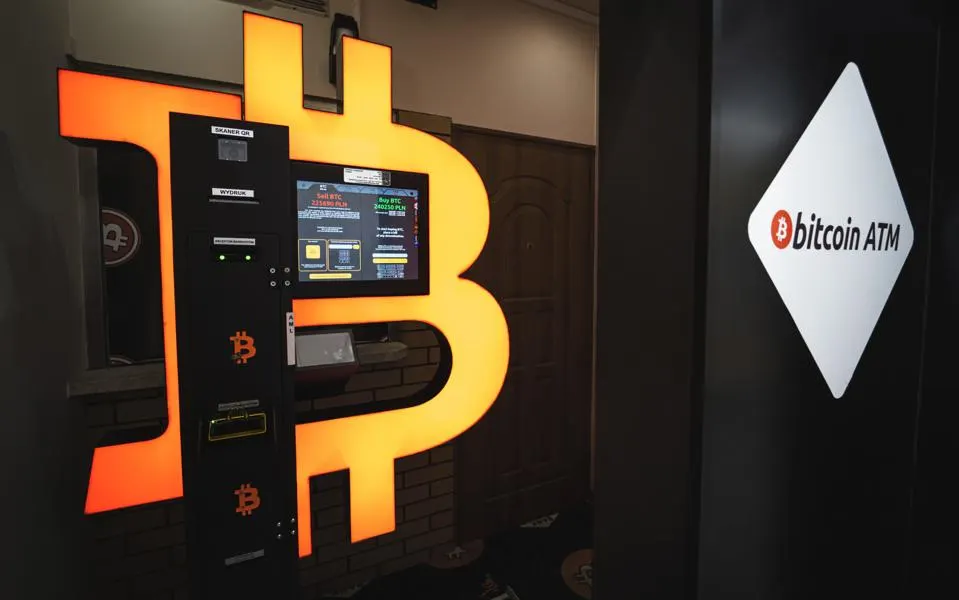According to Polygon Labs CEO, Polygon’s AggLayer will bring the whole blockchain space together to offer “infinite scalability.”
The ultimate goal of Polygon is to integrate all the isolated blockchain networks into one Web3 environment.
Polygon hopes to accomplish this with its AggLayer, which is short for aggregation layer. It is akin to a cross-chain interoperability protocol meant to link blockchain networks.
According to Marc Boiron, CEO of Polygon Labs, AggLayer’s ultimate goal is to integrate the whole blockchain world, including layer-1 networks like Ethereum and Solana.
Boiron stated in a special interview with Cointelegraph:
“When you think of Polygon 2.0, you need to bring together the idea of thematic to pull upgrade together with Polygon CDK to allow for that infinite scalability and then the AggLayer to unify all of it.”
On September 4, Polygon’s MATIC$0.3792 token received a significant technical upgrade, creating the new Polygon Ecosystem Token (POL). This “hyperproductive” token may support the network’s expansion and ultimate goal.
Polygon Labs CEO states AggLayer is about “connecting all of Web3.”
Polygon 2.0, the last iteration of AggLayer and the Polygon CDK, aims to provide “infinite scalability” to integrate all blockchains. This concept’s critical component was the POL coin’s technological migration.
Boiron clarified that the AggLayer is not ecosystem-specific but aims to connect the whole Web3 area, in contrast to existing interoperability solutions.
“Unlike every other interoperability solution that is very focused on its own ecosystem, AggLayer is there to connect all of Web3… It’s not just about L2s, it’s not just about L1s. It’s not just about Ethereum. It’s about literally bringing it all together.”
Many cryptocurrency owners need help with the fragmented leading L1 blockchains. Cross-chain vulnerabilities make bridging the primary networks expensive and risky from a security standpoint.
The importance of the blockchain interoperability problem
The interoperability of blockchain technology is one of the industry’s top priorities.
L1 blockchains are isolated systems that cannot communicate with one other, which is why cross-chain interoperability solutions are available.
Cross-chain infrastructure development is hampered by the incompatibility of blockchains, which exposes weaknesses in these third-party protocols.
Owing to an unidentified vulnerability, the cross-chain interoperability solution Orbit Bridge was breached for $82 million in December 2023. When the hacker moved $48 million worth of cryptocurrency to Tornado Cash in June 2024, he was still at large with the money.
Several prominent blockchain pioneers, such as Vitalik Buterin, co-founder of Ethereum, who announced intentions to address cross-chain interoperability between Ethereum L2s at the start of August, are tackling the interoperability problem.



